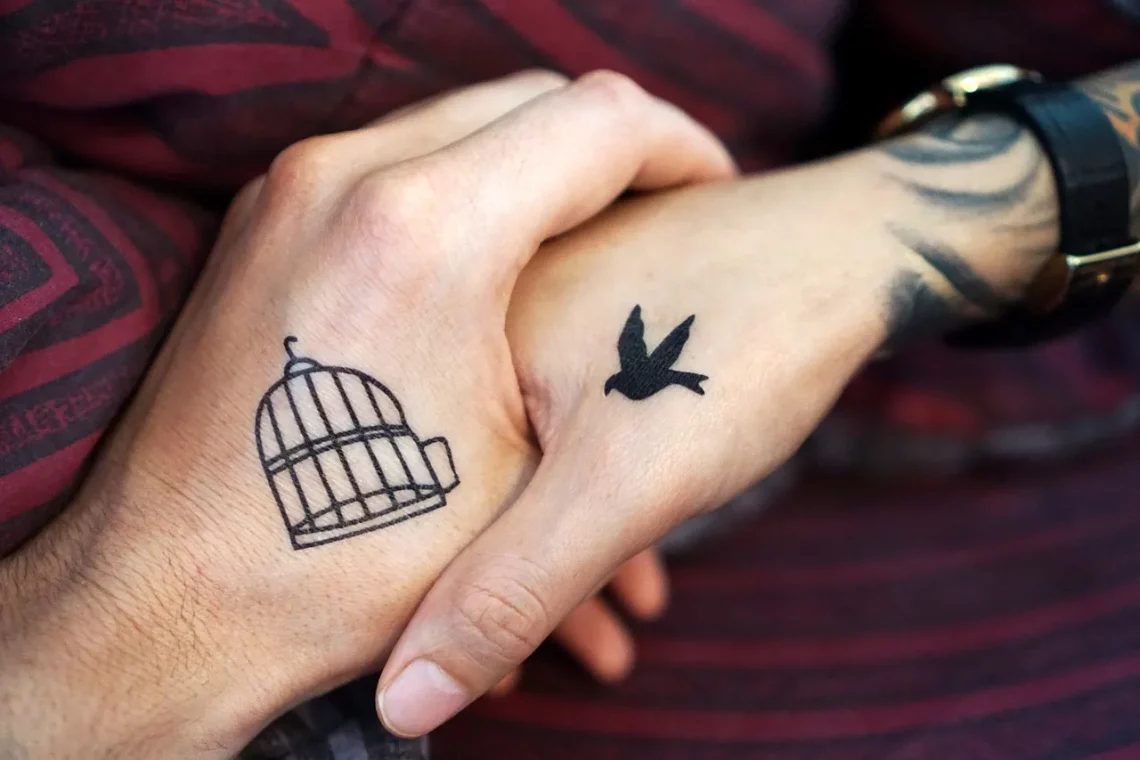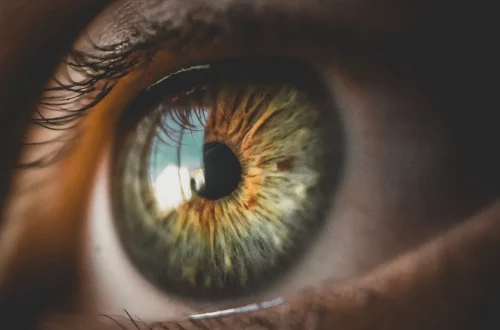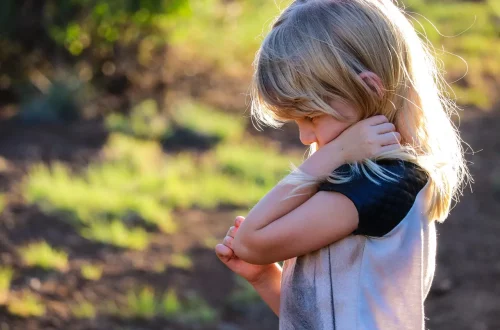
Exploring the Art and Meaning of Traditional Elbow Tattoos
Tattoos have long served as a form of self-expression, cultural identity, and artistry. Among the myriad of designs available, traditional elbow tattoos stand out for their unique placement and rich symbolism. The elbow, a joint that allows for movement and flexibility, represents a transition point in the body, making it an intriguing canvas for tattoo enthusiasts. These tattoos often evoke a sense of permanence and commitment, as they are not easily concealed.
Elbow tattoos can range from intricate designs that span the entire area to smaller, more subtle symbols. The choice of design can reflect personal stories, cultural heritage, or even aesthetic preferences. In many cultures, tattoos have been used as rites of passage, symbols of social status, or marks of bravery. The art of tattooing itself is steeped in tradition, with various techniques and styles passed down through generations.
As we delve into the world of traditional elbow tattoos, we will explore their significance, the variety of designs available, and the cultural contexts that shape their meaning. Whether you are considering getting a tattoo or simply interested in the art form, understanding the history and symbolism behind elbow tattoos can enrich your appreciation for this unique aspect of body art.
The Historical Significance of Elbow Tattoos
Elbow tattoos have a fascinating history that intertwines with the broader narrative of tattooing. In many ancient cultures, tattoos were not merely decorative; they carried significant meaning and were often linked to rites of passage or spiritual beliefs. For instance, in Polynesian culture, tattoos were used to signify one’s status and accomplishments within the community. The elbow, being a prominent and visible part of the body, often became a site for these important symbols.
In some Native American tribes, tattoos were believed to offer protection or to signify bravery in battle. The elbow area, being a joint that symbolizes flexibility and movement, could be associated with the adaptability required in life’s challenges. Many of these traditional practices highlight the connection between the physical body and spiritual beliefs, illustrating how tattoos serve as a bridge between the two realms.
Moreover, as tattooing spread across cultures, different styles emerged, each bringing its own unique significance. In Western culture, the resurgence of tattooing in the 20th century transformed it into a mainstream form of self-expression. Elbow tattoos became popular among various subcultures, each group infusing their designs with personal and collective meanings. Today, the historical significance of elbow tattoos continues to influence modern designs, often blending traditional motifs with contemporary aesthetics.
As we look at elbow tattoos today, it’s essential to acknowledge this rich history. The designs that adorn the elbows of modern tattoo enthusiasts often carry echoes of the past, serving as a reminder of the deep-rooted traditions of tattooing and the diverse meanings that tattoos can embody.
Common Designs and Their Meanings
When it comes to elbow tattoos, the variety of designs is vast, each carrying its own unique meaning. Some of the most popular designs include geometric patterns, floral motifs, animals, and tribal symbols. These tattoos can be highly intricate, utilizing the natural contours of the elbow to create dynamic visuals that change with movement.
Geometric tattoos have gained popularity for their clean lines and modern appeal. These designs often symbolize balance, order, and harmony. The angular shapes can represent the complexity of life, reflecting how different elements come together to form a coherent whole. For many, a geometric elbow tattoo can serve as a reminder to seek balance in their personal and professional lives.
Floral designs, on the other hand, are often associated with beauty, growth, and the cycle of life. A blooming flower tattooed on the elbow can signify resilience and the ability to flourish even in challenging circumstances. Flowers like roses and lotus flowers hold particular meanings, often symbolizing love and spiritual enlightenment, respectively.
Animal tattoos, such as wolves, eagles, or lions, frequently represent strength, courage, and freedom. The choice of animal can be deeply personal, reflecting the wearer’s personality traits or aspirations. For example, a lion tattoo may symbolize bravery, while an eagle could represent a desire for freedom and a higher perspective.
Lastly, tribal tattoos are steeped in history and cultural significance. Many tribal designs are inspired by ancestral patterns, telling stories of heritage and identity. These tattoos often serve as a connection to one’s roots, embodying the values and beliefs of a particular culture.
As diverse as these designs are, what remains consistent is the personal significance each tattoo holds for the wearer. Whether it’s a symbol of strength, beauty, or cultural identity, elbow tattoos serve as a canvas for storytelling and self-expression.
Choosing the Right Tattoo Artist
Selecting the right tattoo artist is a crucial step in ensuring that your elbow tattoo turns out as envisioned. The importance of finding an experienced and reputable artist cannot be overstated, especially when it comes to intricate designs that require precision and skill. A good tattoo artist will not only have a strong portfolio but will also be able to understand your vision and translate it into art.
When searching for a tattoo artist, it’s essential to look for someone who specializes in the style you desire. For instance, if you’re interested in geometric patterns, seek out artists known for their clean lines and attention to detail. Similarly, if you prefer floral or tribal designs, finding an artist with a background in those specific styles can make a significant difference in the outcome.
Beyond artistic skill, consider the artist’s hygiene practices and the studio environment. A clean and well-organized studio is paramount for safety and health. Don’t hesitate to ask questions about their sterilization processes and the materials they use. A professional artist will be happy to address your concerns and ensure that you feel comfortable throughout the process.
Another critical aspect is communication. You should feel at ease discussing your ideas and any adjustments during the design process. A good artist will be open to collaboration, ensuring that your tattoo reflects your personality and vision while also providing expert advice on what will work best for the elbow area.
Lastly, take your time to read reviews and testimonials from previous clients. Positive feedback can give you confidence in your choice. Remember, a tattoo is a lifelong commitment, and investing time in finding the right artist will contribute to a satisfying and rewarding experience.
Aftercare Practices for Elbow Tattoos
Aftercare is an essential component of the tattooing process, particularly for areas as mobile as the elbows. Proper aftercare ensures not only the health of your skin but also the longevity and vibrancy of your tattoo. The initial days following the tattoo session are critical for healing.
First and foremost, keep the tattoo covered with a sterile bandage for the first few hours as recommended by your artist. This protects the tattoo from bacteria and prevents irritation from clothing. After removing the bandage, gently wash the area with mild soap and lukewarm water. Avoid scrubbing, as the skin will be sensitive. Pat the area dry with a clean towel instead of rubbing it.
Moisturizing is vital during the healing process. Use fragrance-free ointments recommended by your tattoo artist, applying a thin layer to keep the skin hydrated. This helps in the healing process and prevents excessive dryness or itching. It’s essential to avoid using petroleum jelly, as it can suffocate the skin and lead to complications.
In addition to moisturizing, it’s crucial to avoid soaking the tattoo in water. This means refraining from swimming pools, hot tubs, or long baths for at least two weeks. Exposure to water can cause the tattoo to fade or become infected. Instead, take quick showers, ensuring that the water does not directly hit the tattoo.
Lastly, protect your tattoo from sun exposure. The elbow is a prominent area that can easily be exposed to sunlight. After the tattoo has healed, using a high SPF sunscreen can help maintain the tattoo’s color and prevent fading.
Following these aftercare practices will not only promote healing but also ensure that your elbow tattoo remains a vibrant piece of art for years to come.
—
This article is for informational purposes only and does not constitute medical advice. If you have any health concerns or questions, please consult a qualified healthcare professional.




